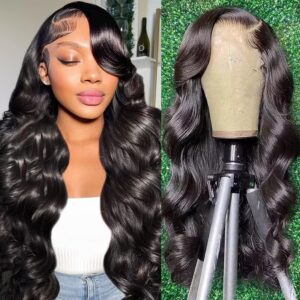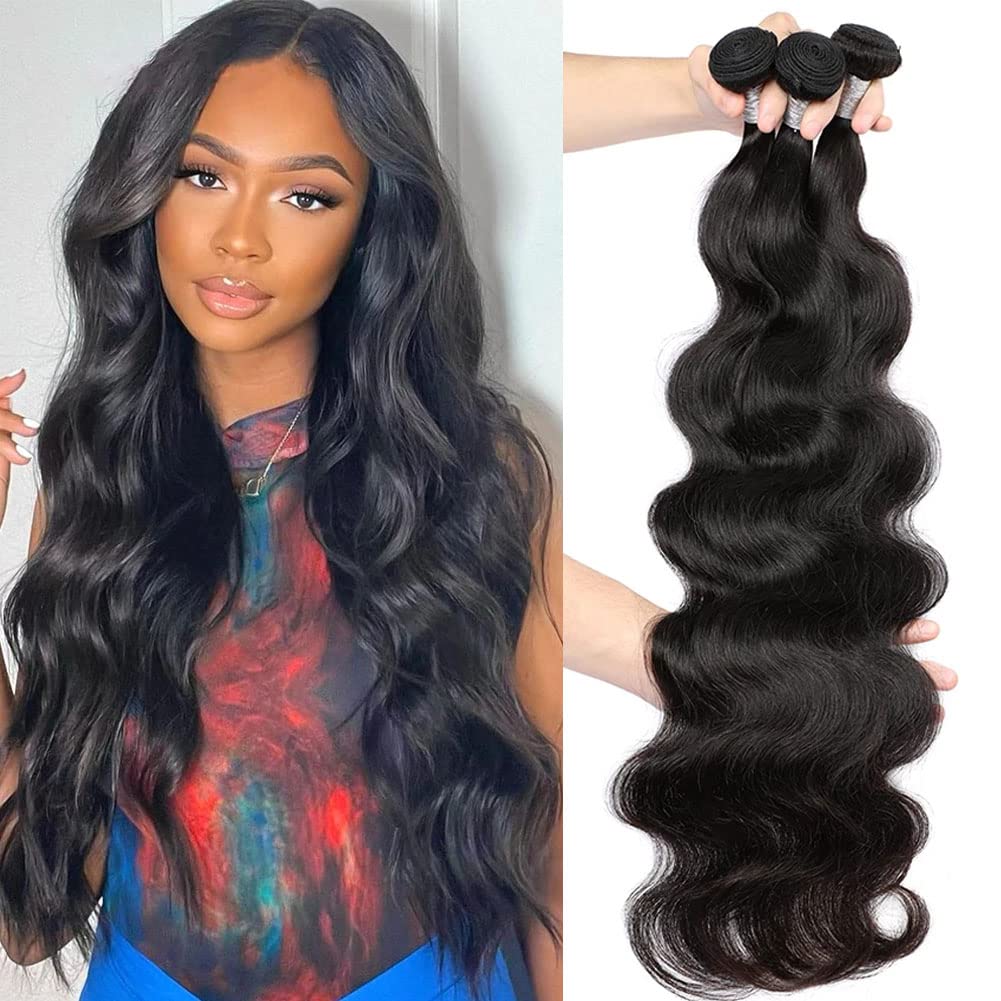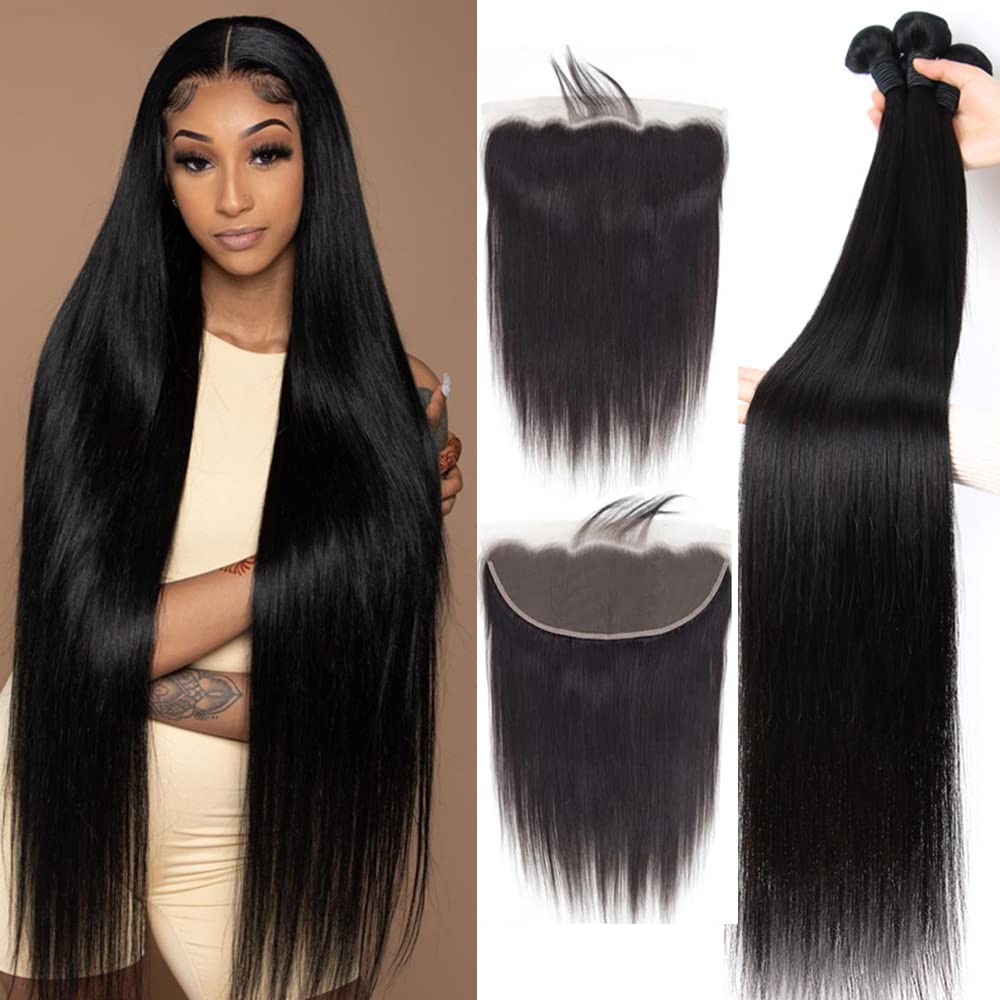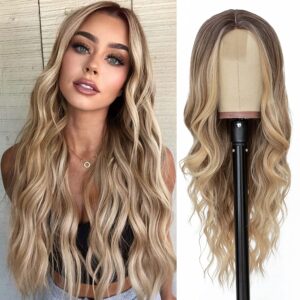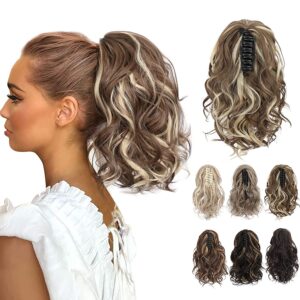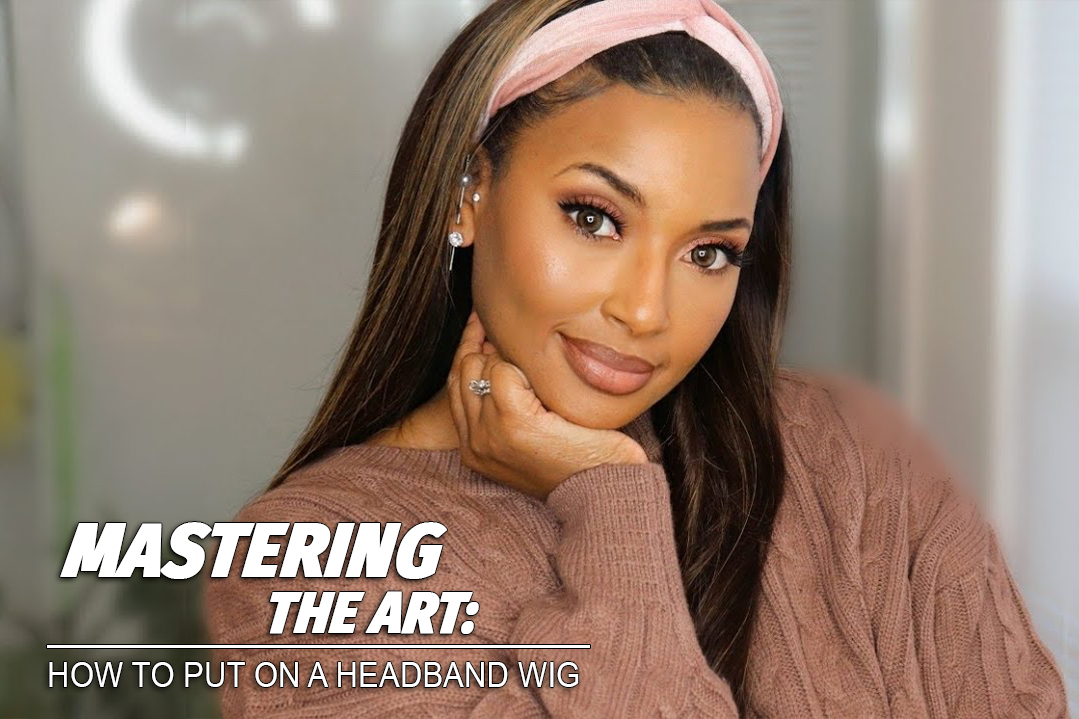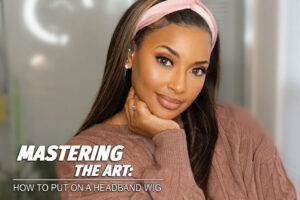What is Headband Wig
A headband wig is a type of wig that is characterized by the inclusion of a headband as an integral part of the wig construction. Unlike traditional wigs that are secured with adjustable straps, combs, or glue, headband wigs are designed to be worn by placing the attached headband around the head, providing a secure fit without the need for additional adhesives.
Key Features and Characteristics of Headband Wigs
Construction
The wig is attached to a soft, stretchy headband made of materials like elastic or spandex.
The headband is typically sewn onto the wig cap, ensuring a seamless and natural look.
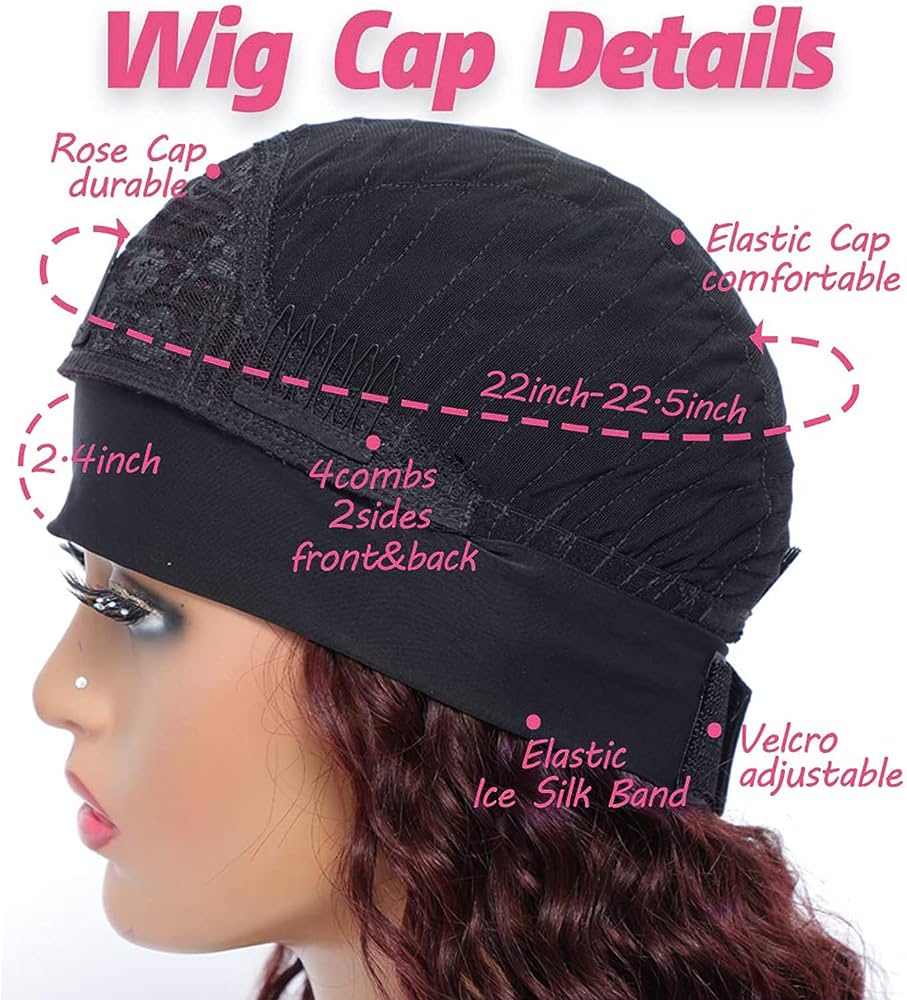
Ease of Application
Headband wigs are known for their simplicity and ease of application. They are suitable for individuals who may be new to wearing wigs or those who prefer a quick and convenient option.
Comfort
The absence of traditional wig attachments like combs and straps can make headband wigs more comfortable to wear for extended periods.
Versatility
Headband wigs offer versatility in styling. The headband itself can be a fashion accessory, and wearers can change the look by using different headbands or adding accessories such as scarves.
Natural Look
When properly applied, headband wigs can provide a natural-looking hairline, blending seamlessly with the wearer’s natural hair.
Breathability
The open-top design of many headband wigs allows for better air circulation, reducing the potential for discomfort associated with heat and sweating.
Quick Changes
Headband wigs are ideal for those who enjoy changing their hairstyle frequently without the commitment of a more permanent wig application method.
Headband wigs come in various styles, lengths, and textures to cater to different preferences. Whether you’re looking for a straight, wavy, or curly hairstyle, headband wigs offer a versatile and user-friendly option for those who want to enhance their hair without the complexities of traditional wig application methods.
Cons of Headband Wigs
Limited Security
Some wearers may find that headband wigs are less secure compared to traditional wigs, especially in situations with strong winds or vigorous activities.
Limited Styles
While headband wigs offer versatility, they may not be suitable for complex styles or updos that require more secure attachments.
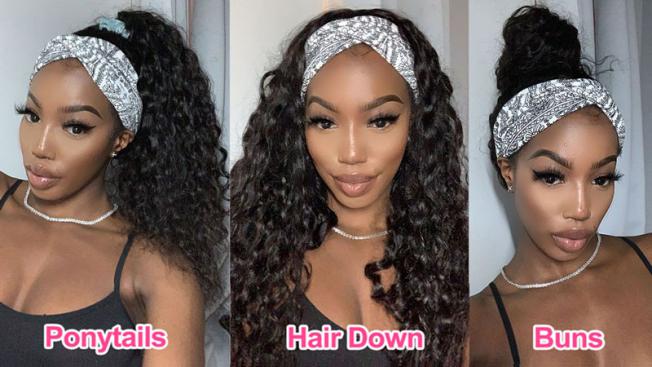
Potential for Slippage
Depending on the fit and headband tension, there is a risk of the wig slipping or shifting during wear.
Less Suitable for Active Lifestyles
Individuals with highly active lifestyles may find that headband wigs are not as secure as they need, especially during intense physical activities.
May Not Cover the Full Scalp
Some headband wigs have an open-top design, which means they may not provide coverage for the entire scalp, potentially limiting styling options.
Adjustment Required
Wearers may need to readjust the wig periodically to ensure a secure fit, especially if the headband stretches over time.
Not as Long-Lasting
Due to the nature of their construction, headband wigs may not be as durable as traditional wigs and may need to be replaced or repaired more frequently.
In conclusion, headband wigs offer a convenient and comfortable alternative for those seeking a quick change in hairstyle. While they come with several advantages, potential drawbacks include a somewhat less secure fit and limitations in certain styling options. Choosing the right wig depends on individual preferences, lifestyle, and the desired level of maintenance.
Step-By-Step Process of Putting on a Headband Wig
Headband wigs have become a popular and convenient alternative to traditional wigs, offering a quick and stylish way to change up your look without the hassle of intricate installations. Perfect for beginners and experienced wig enthusiasts alike, headband wigs are versatile, comfortable, and easy to manage. Below we’ll walk you through the step-by-step process of putting on a headband wig to achieve a flawless and natural look.

Step 1
Gather Your Materials Before you start, make sure you have all the necessary materials ready. You’ll need your headband wig, a brush or comb, wig cap (optional), and some hairpins or clips to secure your natural hair.
Step 2
Prepare Your Natural Hair If you have long hair, it’s a good idea to secure it neatly before putting on the headband wig. Use a wig cap or simply tie your hair into a low ponytail to create a smooth base for the wig.
Step 3
Position the Headband Wig Hold the headband wig with both hands, ensuring that the wig’s headband is at the front. Tilt your head slightly forward to allow your natural hair to fall away from your face. Position the wig’s headband along your natural hairline, just above your eyebrows.
Step 4
Adjust the Fit Gently slide the headband wig backward to ensure a snug fit. The wig should sit comfortably on your head without being too tight or too loose. Adjust the wig until it feels secure and covers your natural hair completely.
Step 5
Blend Your Natural Hair If you have chosen a headband wig that matches your natural hair color, blending should be seamless. Use a brush or comb to blend the edges of the wig with your natural hair, creating a smooth and cohesive look.
Step 6
Secure the Headband Most headband wigs come with an adjustable strap or Velcro at the back. Adjust the strap to ensure a secure and comfortable fit. You can also use additional hairpins or clips if needed to further secure the wig in place.
Step 7
Style as Desired One of the advantages of headband wigs is their versatility. Style the wig according to your preference, whether it’s straightening, curling, or adding accessories like headbands or scarves.
Conclusion
Putting on a headband wig is a simple and fuss-free process that allows you to switch up your hairstyle effortlessly. With these step-by-step instructions, you can confidently embrace the world of headband wigs, enjoying a quick and stylish transformation whenever you desire. Experiment with different styles and have fun discovering the endless possibilities that headband wigs offer.

FAQs about Headband Wig
1. Can I Wear a Headband Wig if I Have Natural Hair?
Yes, headband wigs are designed to be worn over natural hair. You can either tuck your natural hair underneath or style it to blend with the wig for a natural look.
2. Are Headband Wigs Comfortable to Wear?
Generally, headband wigs are considered comfortable to wear. The absence of straps and adhesives makes them suitable for extended wear, and many feature breathable designs for added comfort.
3. Can I Style a Headband Wig?
Yes, headband wigs are versatile and can be styled to your preference. You can straighten, curl, or add accessories like headbands or scarves to change up your look.
4. How Do I Secure a Headband Wig?
Headband wigs typically come with adjustable straps or Velcro at the back. Adjust the strap for a secure fit. Additionally, you can use hairpins or clips for extra security, especially if you’re active.
5. Do Headband Wigs Damage Natural Hair?
No, headband wigs are designed to be gentle on natural hair. However, it’s essential to ensure that your natural hair is neatly secured or tucked away to avoid any tangling.
6. Can I Wear a Headband Wig During Physical Activities?
While headband wigs are generally secure, intense physical activities may cause the wig to shift. It’s advisable to use additional securing methods such as clips or choose a more secure wig option for rigorous activities.
7. How Long Do Headband Wigs Last?
The lifespan of a headband wig depends on factors such as the quality of the wig, how often it’s worn, and how well it’s maintained. On average, headband wigs can last several months with proper care.
8. Can I Sleep in a Headband Wig?
It’s not recommended to sleep in a headband wig, as it may cause tangling and affect the longevity of the wig. It’s best to remove the wig before bedtime and store it properly.

